Tollywood film ‘RRR’ offers an intense and unique viewing experience
Netflix
While RRR utilizes excellent cinematography and interesting concepts, the extreme runtime prevents it from being an excellent movie.
September 26, 2022
Two men spontaneously unite to rescue a boy stuck under a bridge in the midst of a trainwreck by tying a rope to each other and jumping off of the bridge, each on a separate side so that the rope prevents them from falling. They then pick the boy up in mid-air and throw him out of the area where the train is falling before grabbing each other and exclaiming their names. This is the scene in “RRR” where the two protagonists meet.
The film’s combination of intensity and absurdity create a wildly entertaining viewing experience, even if the unnecessarily long runtime prevents it from being a fully enjoyable film.
“RRR” is part of a segment of Indian film known as Tollywood, which, in contrast to Bollywood, is in the Telugu language, while Bollywood films are in Hindi. Tollywood is rapidly gaining popularity worldwide due to its emphasis on extreme stunts and large-scale musical numbers.
“RRR” tells the story of two Indian revolutionaries, Komaram Bheem and Alluri Sitarama Raju, fighting against a villainous British administrator in Delhi. While the story is fictitious, the two main characters were real revolutionary leaders in India. The film has the highest budget of any Indian film to date, and it has become a sensation in India due to the casting of Tollywood superstars N.T. Rama Rao Jr. and Ram Charan, who play Mr. Bheem and Mr. Raju. Additionally, “RRR” has captured the attention of an international audience after being added to Netflix.
“RRR” is at its best when it’s hyperreal. In one scene, Mr. Raju, undercover as an Indian Imperial Police officer, leaps 20 feet in the air, over a barbed wire fence, to engage in combat with a massive crowd of anti-imperial protesters. In another scene, Mr. Raju and Mr. Bheem take part in a dance battle with a British man who has insulted the dance capabilities of all Indians at an imperial party. The stunning performances from the film’s cast combined with the surreal nature of these scenes makes them delightful, and while they’re not frequent, they leave the viewers enthralled.
Another highlight is the cinematography, which perfectly conveys the film’s grandiose nature. In the scene in which the imperial governor’s palace is introduced, several aerial shots are used to intensify the ominous atmosphere of the palace. Another scene, featuring a large crowd rioting in front of a prison, makes viewers aware of the sheer scale of the rioters through the use of wide overhead shots. The way in which “RRR” uses cinematography to reinforce its narrative is one of its most impressive feats, and it ensures that viewers will have their eyes glued to the screen for a majority of the film.
While the film’s scale is usually an asset, one aspect of “RRR” that is too massive is its runtime. At 3 hours and 7 minutes, “RRR” is never boring, but the plot meanders frequently. These detours are, at times, astonishing. However, they’re usually mundane, featuring just enough interesting dialogue to prevent the film from dragging.
“RRR” suffers from a bloated runtime, and sections of the film definitely feel unnecessary. However, the majority of the movie is highly entertaining, featuring dazzling cinematography, immersive performances and some of the most fun scenes in modern cinema.



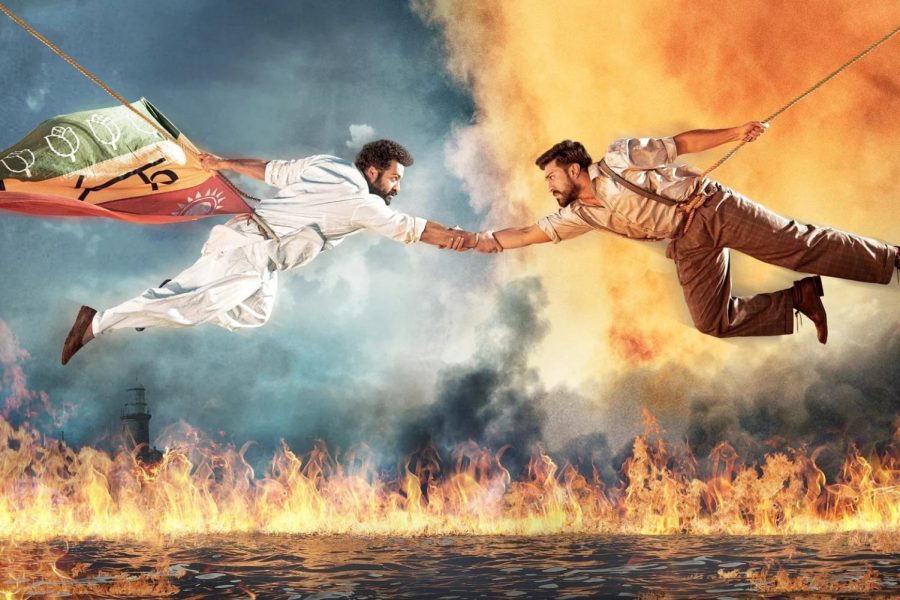






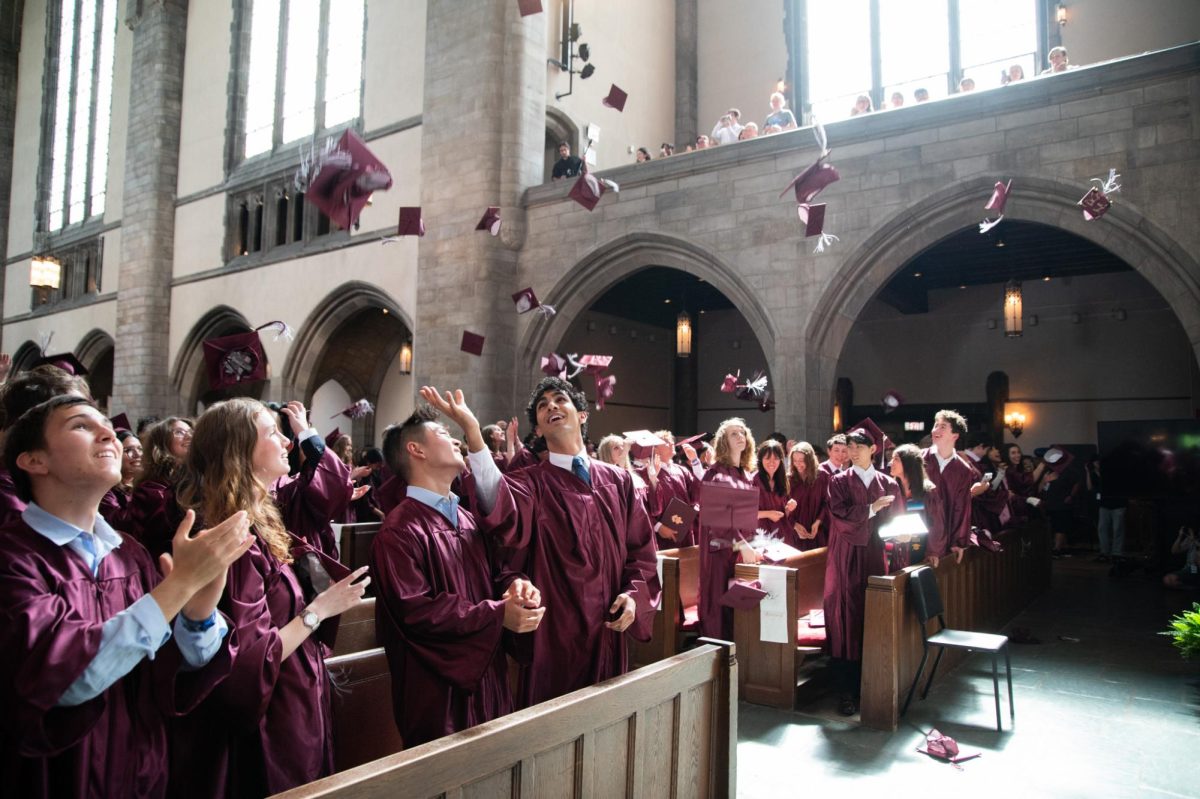

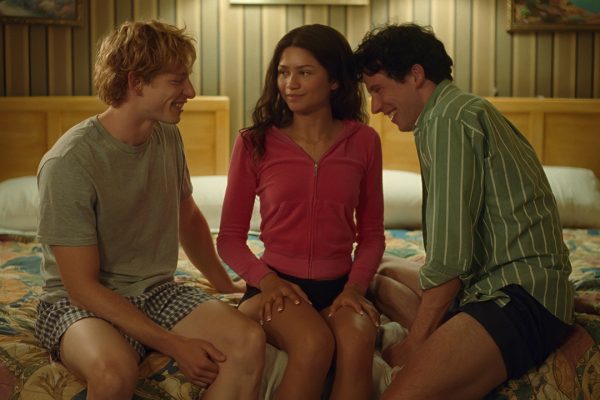




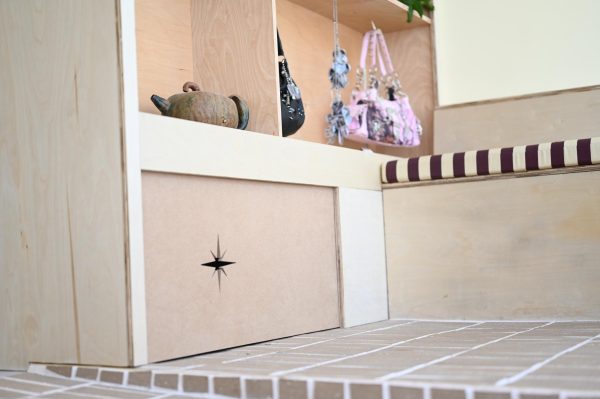


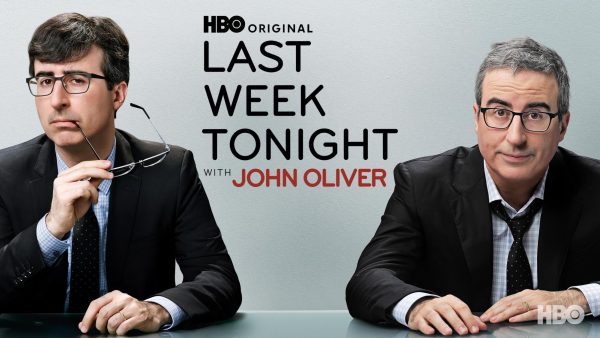
Kestutis • Sep 27, 2022 at 10:22 am
This is a phenomenal review!